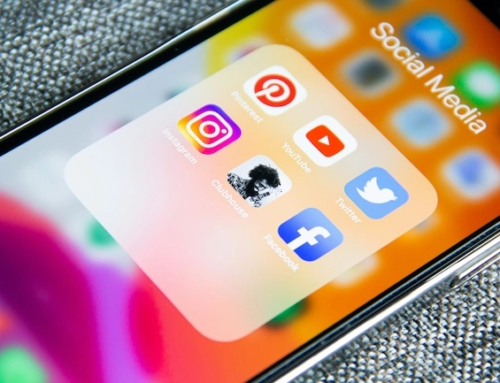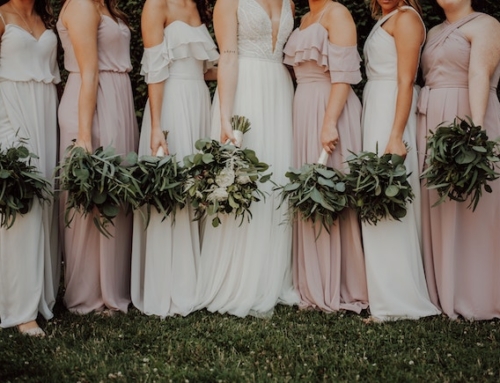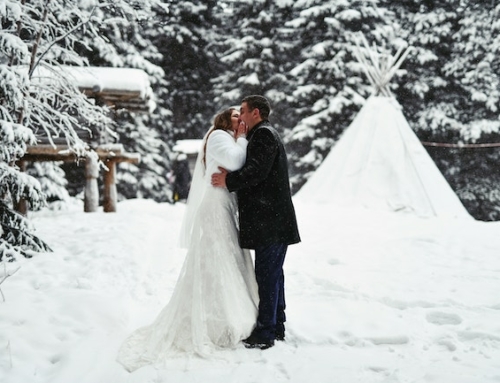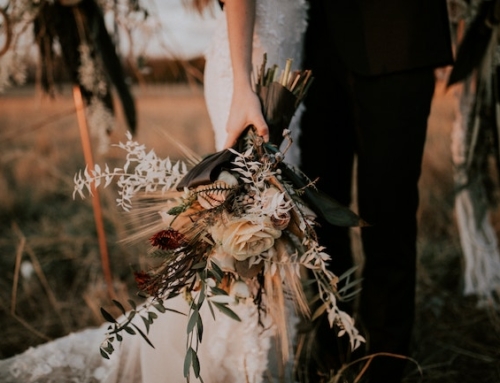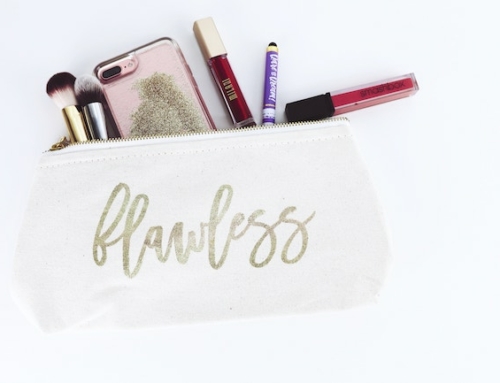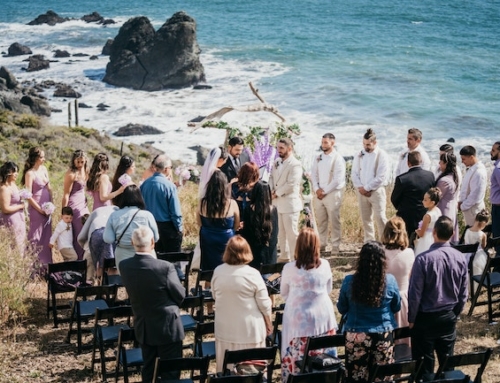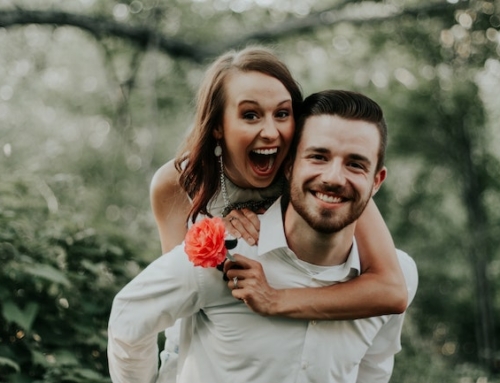The wedding ring is a symbol of the love and commitment between two people. It’s a piece of jewelry that will be worn for a lifetime, and as such, choosing the right wedding ring is an important decision. With so many options available, it can be overwhelming to know where to start. That’s why we’ve created this ultimate guide to help you choose the perfect wedding ring.
Whether you’re just starting your search or you’re looking to finalize your purchase, this guide will help you make an informed decision that you’ll be happy with for years to come. So, let’s dive in and discover how to choose the perfect wedding ring for you!
Setting Your Budget

It’s essential to understand how much you’re willing to spend, as well as what you’re getting for your money. There are a few factors to consider when setting a budget for your wedding ring purchase.
Firstly, it’s essential to know that wedding rings come in a range of prices, from affordable to luxurious. The budget for your wedding ring will depend on several factors, such as the type of metal, whether it has stones, and the brand.
Secondly, it’s important to consider how much you’re comfortable spending. Wedding expenses can quickly add up, and it’s essential to make sure that the cost of the ring fits within your overall wedding budget.
Thirdly, it’s essential to balance price and quality. A wedding ring is a piece of jewelry that you’ll wear every day for the rest of your life, so it’s important to choose a ring that is high-quality and will last. However, this doesn’t mean you have to overspend. It’s possible to find high-quality rings at a reasonable price by shopping around and looking for deals.
Understanding Different Metals
Each metal has its own set of characteristics, such as durability, appearance, and price. It’s important to understand the differences between these metals to choose the best one for your needs.
Gold
Gold is the most popular metal for wedding rings. It comes in a variety of colors, including yellow, white, and rose. Gold is a relatively soft metal, which means it is prone to scratches and dents. However, it is a highly malleable metal, making it easier to work with when adding intricate details to your ring. Gold is also a hypoallergenic metal, making it an excellent choice for those with sensitive skin.
Platinum
Platinum is a highly durable metal that is naturally white and doesn’t require rhodium plating like white gold does. It’s a heavier metal than gold and has a higher price point. Due to its hardness, platinum is highly resistant to scratching and is perfect for those with an active lifestyle. Platinum is also hypoallergenic, making it a suitable choice for those with skin sensitivities.
Palladium
Palladium is a newer option for wedding rings that has become increasingly popular in recent years. It’s a naturally white metal that is highly durable and lightweight, making it comfortable to wear. It’s less expensive than platinum, but more expensive than gold.
Titanium
Titanium is a highly durable metal that is also lightweight. It is scratch-resistant, making it ideal for those with an active lifestyle. Titanium wedding rings are available in a range of colors, including gray, black, and silver.
Tungsten
Tungsten is one of the hardest metals, making it highly scratch-resistant. It’s also affordable, making it a popular choice for those on a budget. Tungsten rings are available in a range of colors, including gray and black.
Deciding On A Style

There are several factors to consider when choosing a wedding ring style, including personal preferences, lifestyle, and the type of engagement ring you have.
Matching or Complementary
The first decision you’ll need to make is whether you want your wedding ring to match your engagement ring or complement it. A matching set is where both rings have a similar design and are meant to be worn together. A complementary set is where the wedding ring has a different design or style than the engagement ring.
Stone Set or Plain
Another consideration is whether you want a stone-set wedding ring or a plain one. A stone-set ring is a ring that has one or more diamonds or gemstones set into it. A plain ring is a ring with no stones or embellishments. If you have an engagement ring with stones, it may be best to choose a plain wedding band to avoid detracting from the engagement ring’s design.
Width
Wedding rings come in various widths, from very thin to very wide. The width of your wedding ring will depend on personal preference and the size of your finger. A wider band may suit larger fingers better, while a narrower band may be more comfortable for smaller fingers.
Style
Wedding rings come in a range of styles, from traditional to modern. Some popular styles include the classic solitaire, vintage-inspired rings, and modern designs. Consider the style of your engagement ring when choosing a wedding ring to ensure they complement each other.
Comfort Fit
A comfort fit band is a wedding ring that has a slightly curved interior, making it more comfortable to wear for extended periods. This design is particularly useful if you lead an active lifestyle or wear gloves regularly.
Selecting the Right Band Width

There are a few factors to consider when choosing the right band width for your wedding ring:
Finger size
One of the primary considerations when selecting the right band width is your finger size. If you have a larger finger, a wider band may look more proportionate, while a narrower band may look more delicate on a smaller finger.
Comfort
The band width can also affect the comfort of the ring. A wider band may feel more substantial on the finger, while a narrower band may be more comfortable for everyday wear.
Style
The style of the wedding ring can also play a role in the band width you choose. For example, a simple, classic design may look best with a narrower band, while a more ornate, intricate design may benefit from a wider band.
Matching or complementary
If you plan to wear your wedding ring with an engagement ring, you may want to consider the width of the engagement ring band when selecting the band width for your wedding ring. If the engagement ring band is wide, a wide wedding ring band may look better, and if the engagement ring band is narrow, a narrower wedding ring band may be more complementary.
Personal preference
Ultimately, the band width you choose will come down to personal preference. Some people prefer the look of a wide band, while others prefer a more delicate, narrow band.
Choosing a Stone (for those with stone-set wedding rings)

If you are choosing a stone-set wedding ring, selecting the right stone is an essential decision to make. There are several factors to consider when selecting a stone for your wedding ring:
Stone type
The type of stone you choose for your wedding ring will depend on your personal preference and budget. Popular stones for wedding rings include diamonds, sapphires, emeralds, and rubies. Each stone has its unique characteristics and symbolism, and it’s essential to choose a stone that reflects your personality and style.
Stone shape
The shape of the stone is another crucial factor to consider. Some popular shapes for engagement ring stones include round, princess, emerald, oval, and pear. The shape you choose should complement the overall style of your ring and match the shape of your engagement ring stone if you have one.
Stone quality
The quality of the stone is also a crucial factor to consider when choosing a stone for your wedding ring. The quality of a diamond or gemstone is determined by its clarity, color, cut, and carat weight. A higher quality stone will be more expensive, but it will also be more brilliant and last longer.
Stone setting
The setting of the stone is an essential element of a stone-set wedding ring. A prong setting allows more light to enter the stone and enhances its brilliance, while a bezel setting provides more protection for the stone.
Metal type
The type of metal used in your wedding ring can also affect the appearance of the stone. For example, a white gold or platinum setting can make a diamond appear more brilliant, while a yellow gold setting can provide a warmer tone.
Getting the Right Fit

You want to make sure your ring fits well so that it doesn’t slip off your finger, but it also needs to be comfortable enough to wear every day. Here are some things to consider when getting the right fit for your wedding ring:
Try it on
The best way to ensure you get the right fit is to try on different sizes in person. Most jewelers will have sizing tools to help you find the perfect fit. Keep in mind that the size of your fingers can fluctuate throughout the day and in different temperatures, so it’s best to try on rings at the end of the day or when your hands are at their normal temperature.
Consider the width of the ring
Wider bands will typically require a larger size than narrow bands. This is because a wider band takes up more space on your finger, which can make the ring feel tighter.
Leave room for swelling
Your fingers can swell due to various factors, such as changes in temperature, salt intake, or even pregnancy. It’s essential to leave some room for your fingers to expand and contract so that your ring always fits comfortably.
Account for your knuckle size
If you have larger knuckles than the base of your finger, you may need to get a slightly larger size to accommodate them. This will ensure that the ring fits comfortably over your knuckle but doesn’t feel too loose on the base of your finger.
Consider resizing
If you’re in between sizes or your ring size changes over time, you can always have your ring resized. It’s essential to choose a reputable jeweler who can resize your ring without damaging it.
The wedding ring is a cherished keepsake that symbolizes your love and commitment, serving as a lasting reminder of your special day. Take your time in choosing the perfect ring that represents your love and commitment for years to come. Enjoy the process of finding the ideal wedding ring that will symbolize your love and commitment throughout your lives.
Read more on 7 Tips For How To Start Planning Your Wedding, or figure out why should you check-in guests at your wedding.


